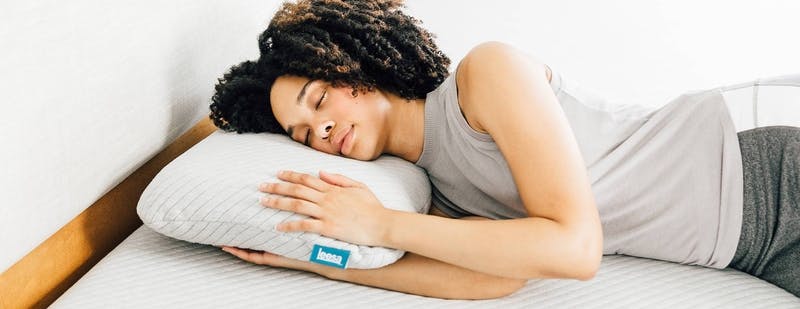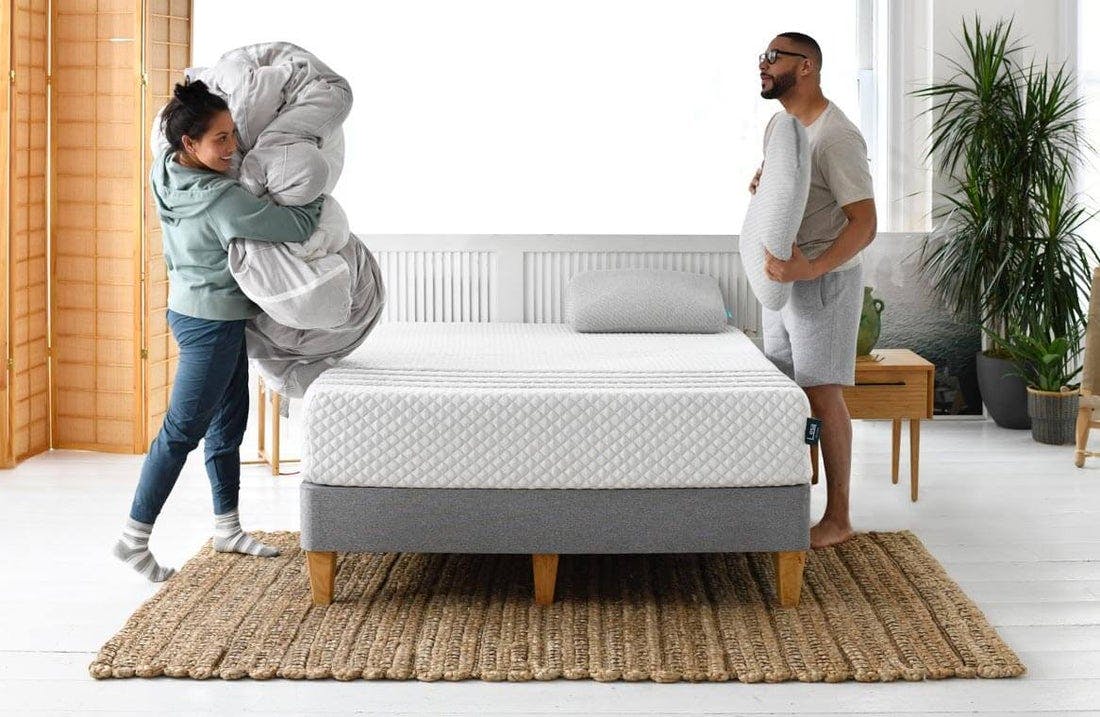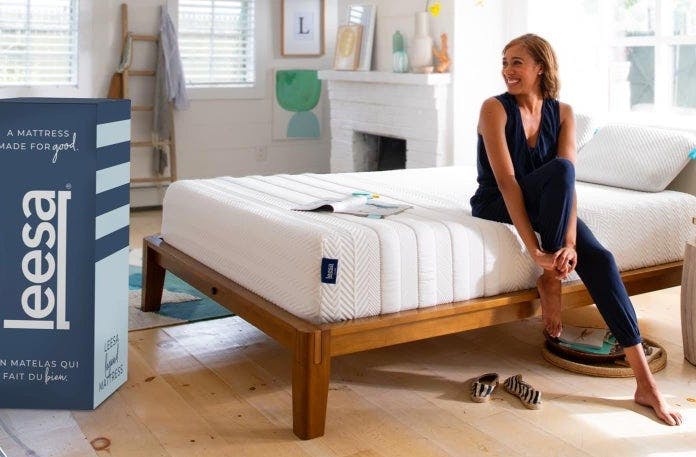Odds are if you like “Modern Family” and call yourself an early bird, you sleep on your back, according to new research.
The study examined the way respondents sleep and split respondents into three groups: those who sleep on their back, side sleepers and those who sleep predominantly on their bellies.
Results showed those who sleep on their back tend to fall asleep fastest (20.1 minutes), but they do get less sleep in a night overall at a reported 5.28 hours typically.
It comes as no surprise, then, that back sleepers are the most likely to consider themselves early birds (43 percent) and call themselves introverts (38 percent).
The study, conducted by OnePoll on behalf of Leesa Sleep, LLC., examined the sleeping positions and personality traits of 2,000 Americans and found nearly half of Americans polled prefer to sleep on their sides.
There may be something to that preference, as side sleepers also get the most amount of sleep a night — at 5.78 hours on average. Side sleepers, however, take the most amount of time to fall asleep – at 23.88 minutes.
Side sleepers are also most likely to identify as night owls (33 percent) and extroverts (28 percent).
Being a night owl may also be related to side sleepers’ movie genre preferences; four in 10 side sleepers reach for a horror movie.
When it comes to television, however, side sleepers prefer a classic comedy. Results show that side sleepers’ preferred TV show was “Friends” – at 44 percent.
In fact, when it came to the creepy or super natural, it was stomach sleepers who showed more preference to shows such as “The Walking Dead” (44 percent), “The Handmaid’s Tale” (33 percent) and “Stranger Things” (32 percent).
These preferences fall in line with their movie genre preferences as well, as stomach sleepers were the most likely to enjoy dramas and action or adventure films, at 59 percent each.
Stomach sleepers could also be seen as the most easy-going of the three, as they were most likely to consider themselves a mix of an early bird and night owl (34 percent), as well as call themselves ambiverts (42 percent).
The study found that it takes the average stomach sleeper 22.51 minutes to fall asleep, and they get an average of 5.65 hours of sleep a night.
“Everyone should get a good night's sleep, no matter their preferred position,” said Jamie Diamonstein, Leesa co-founder and CPO. “Sleep plays such a crucial part in our lives, so finding a mattress that provides the proper support you need should also play a big role.”
When it comes to the more abnormal sleeping habits — back sleepers were the most likely to sleepwalk (35 percent), talk in their sleep (46 percent) and have vivid dreams or nightmares (46 percent) always or often.
Sleeping with a partner
Whether you sleep on your back, side or stomach, how you sleep next to your partner is also important.
The top frustrations with a partner among married couples surveyed included: getting up in the middle of the night (24 percent), tossing and turning (23 percent) and snoring (21 percent). Common responses people had as to why they don’t sleep best included their partner moving too much, snoring and not having enough room to sprawl out in bed.
These frustrations may play into the 55 percent of married respondents said they have changed how they sleep since they have been in their relationships.
This may be for the better — as nearly three-quarters of married respondents said they prefer to sleep alongside their significant other.
Be wary though, as married respondents also took the longest to fall asleep – at a reported 24.16 minutes.
Despite this, you might get a better night’s sleep if you spoon with your significant other.
Couples who spoon were twice as likely to not have frustrations with their partner (22 percent) - compared to those who sleep on their sides, but face away from each other (11 percent).
Couples who spoon get an average of seven nights a month of perfect sleep, whereas those who sleep on their backs or their stomachs, only get an average of five.
Despite relationship status or sleeping position, four in 10 respondents agreed that getting a new mattress could improve their sleep quality.
“Whether it’s work, kids or a never-ending to do list, there will always be something that keeps you up at night,” said Dr. Janet Kennedy, sleep psychologist. “But investing in the right tools, like pillows with cooling technology and thoughtfully crafted mattresses, can be life-changing aids for a sounder, more fulfilling sleep.”
Your sleep position and your personality
BACK SLEEPERS
- Take the least amount of time to fall asleep - 20.1 minutes
- Get the least amount of sleep a night - 5.28 hours
- Get five nights of perfect sleep a month
- Most likely to be an early bird (42.81 percent)
- Most likely to be an introvert (37.54 percent)
SIDE SLEEPERS
- Take the most amount of time to fall asleep - 23.88 minutes
- Get the most amount of sleep a night - 5.78 hours
- Get six nights of perfect sleep a month
- Most likely to be a night owl (32.65 percent)
- Most likely to be an extrovert (28.44 percent)
STOMACH SLEEPERS
- Take 22.51 minutes to fall asleep
- Get 5.65 hours of sleep a night
- Get six nights of perfect sleep a month
- Most likely to be both an early bird and night owl (33.94 percent)
- Most likely to be an ambivert (41.90 percent)
#LEESASLEEP
Shop these Leesa customer styles and create your own sanctuary.






